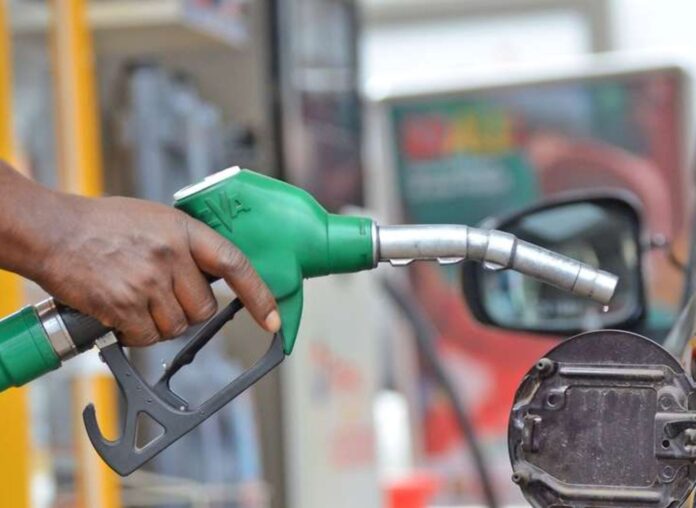
Africa oil currencies diverge as Kwanza tops Dinar, Naira
The oil price spike following Russia’s invasion of Ukraine has had divergent effects on the currencies of Africa’s major oil producers. Angola—Africa’s third largest oil producer—has seen its currency, the Kwanza, jump nearly 15% against the dollar in the past month, making it the world’s best performing currency.
By contrast, Libya—the second largest producer—has seen the Dinar drop by 1.7% over the same period. In part, that is because the central bank has been buying dollars, but also because oil output has declined after militias shut down two oil fields, including the country’s largest, Sharara. In Nigeria—Africa’s biggest oil producer—the Naira has appreciated only marginally from a record low in the unofficial market.
Since the Central Bank of Nigeria stopped FX sales to the country’s Bureau de Change outlets last July, the potential uplift from higher crude export revenue on CBN reserves no longer feeds through to the unofficial rate, which is now solely a reflection of dollar demand and supply.
The impact on the real economy is more mixed: Nigeria exports crude oil but it imports the refined product for fuel, creating higher import prices that risk accelerating inflation. Overall, the drop in oil prices to below $100 a barrel this week from $123 earlier this month will help ease FX pressure for most of Africa, particularly in the biggest net importer countries, such as Kenya.
Click the link to read the full document.









